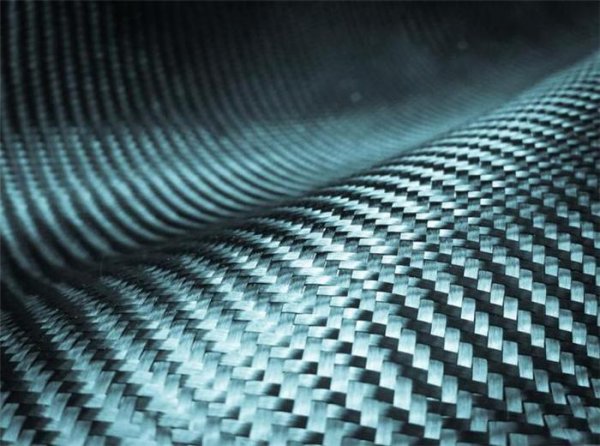According to foreign media reports, researchers at the Pacific Northwest National Laboratory (PNNL) are developing a predictive software tool designed to predict the material structure and reduce the production costs of carbon fiber materials.

Many car companies are actively working to improve the fuel economy of vehicles. According to the US Department of Energy, lightening may be a feasible way. If the vehicle weight is reduced by 10%, the vehicle's fuel economy can be increased by 6%-8%.
Carbon fiber is undoubtedly the most promising lightweight material, and many car companies want to use it instead of automotive steel. Compared with traditional materials, carbon fiber not only has a light weight, but also provides a higher degree of freedom in design, creating various appearances and structures.
However, carbon fiber composites still face many challenges. Dr. Leonard Fifield, PNNL's materials scientist and head of the research group, is working on the development of a predictable engineering design tool that he hopes to use to design new lightweight automotive composite materials.
The R&D team brings together professionals from Toyota, PlastiComp, Autodesk, Illinois University, Purdue University, and Virginia Tech. The team created a variety of software tools that successfully predict the fiber orientation and length distribution of complex carbon fiber thermoplastic components.
This tool enables car manufacturers and component designers to experience and explore new product design concepts faster. The R&D personnel compared the property predictions made by the simulation software with the carbon fiber materials against the results of the molded fibers, thus verifying the accuracy of the software and modeling. They found that the software has a very high predictability of the distribution of fiber lengths and an accuracy of 88% in predicting fiber orientation.
PNNL found that carbon fiber reinforced polymer composite technology can reduce body weight by more than 20%. However, compared with steel, the material's production cost is more than 10 times that of the former.
Researchers are currently working to reduce the cost of carbon fiber, thereby reducing the production cycle and reducing the production costs of carbon fiber reinforced polymer matrix composites. If this predictive software is adopted, it will significantly reduce the production cost and lay a foundation for the future application of carbon fiber materials for vehicles. In addition, researchers need to improve the performance of this predictive software tool.
Metallographic Microscope ,Optical Microscope For Metallographic Observation,Inverted Metallographic Microscope,Portable Metallographic Microscope
Ningbo Beilun Kalinu Optoelectronic Technology Co.,Ltd , https://www.kalinueot.com